Brazil as a nation are the world’s largest growers and exporters of coffee beans, in fact, Brazil produces approximately a third of the world’s coffee. Brazilian coffee is sweet, complex and smooth.
Unlike Italy or America, we don’t hear too much about how coffee is consumed in Brazil, despite their huge influence on coffee, so we thought we’d take a look and see how the South Americans do coffee in the world’s carnival capital, Brazil.
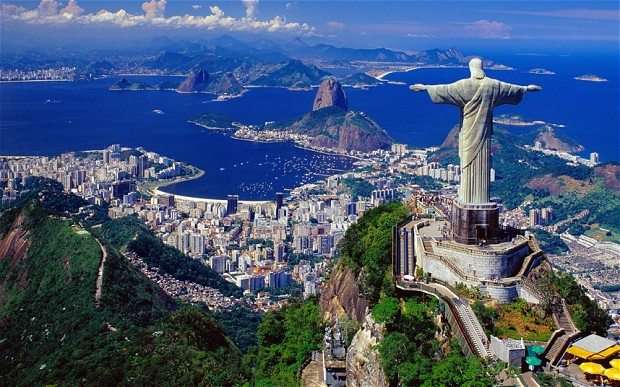
The Importance of Coffee
Unlike in many countries where coffee is important socially, coffee in Brazil carries a greater importance. Brazil is one of the world’s largest growing economies, and coffee has played a big part in the success of Brazil’s growth and development.
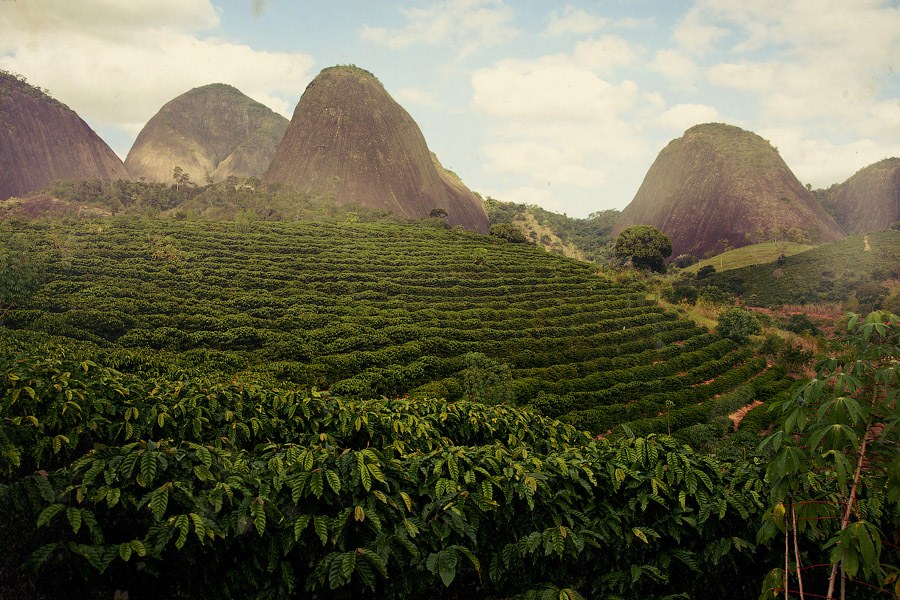
Coffee, to this day, is one of the most valuable commodities in Brazil and therefore is one of the main sources of monetary income for the nation. Due to the success of the Brazilian coffee bean trade over the past 150 years, Brazilian businesses and government have been able to invest the money gained through the sales of coffee into banks, transportation quality, and other industries.
Cafezinho
Coffee in Brazil is consumed very regularly. From waking up to going to sleep, coffee is drank at any opportunity possible, so much so that the word cafezinho, which means ‘small coffee’ is almost used as a welcome phrase.
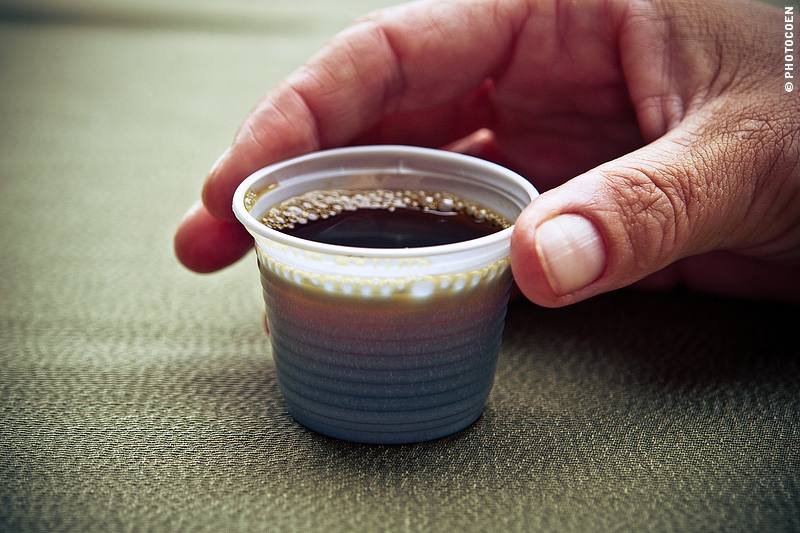
Cafezinho is the most common type of coffee style served in Brazil. It comes in a small cup, is filtered, and is served very hot. Brazilians boil water then add coffee and serve it at incredibly hot temperatures.

Because Brazilians consume coffee so regularly, they drink it in small cups and tend to use a lower quality coffee than the high quality beans that they export out of the country, because it would be expensive to drink so much. But the coffee they drink is still to a high standard and good quality.
In many places, such as petrol stations and many restaurants where you pay a fixed meal price, coffee is offered for free. Often at petrol stations you’ll find a coffee dispenser and a stack of small cups, allowing you to help yourself to a quick cafezinho as you pay for your fuel.
That Sweet, Sweet Taste
Traditionally, Brazilians would have their coffee sweet, really sweet in fact. This is partly due to the fact that in Brazil coffee beans are grown at lower altitudes than in other countries, resulting in the beans having a naturally more bitter taste, so it makes sense that people in Brazil would make their coffee sweeter to contrast the more bitter taste.
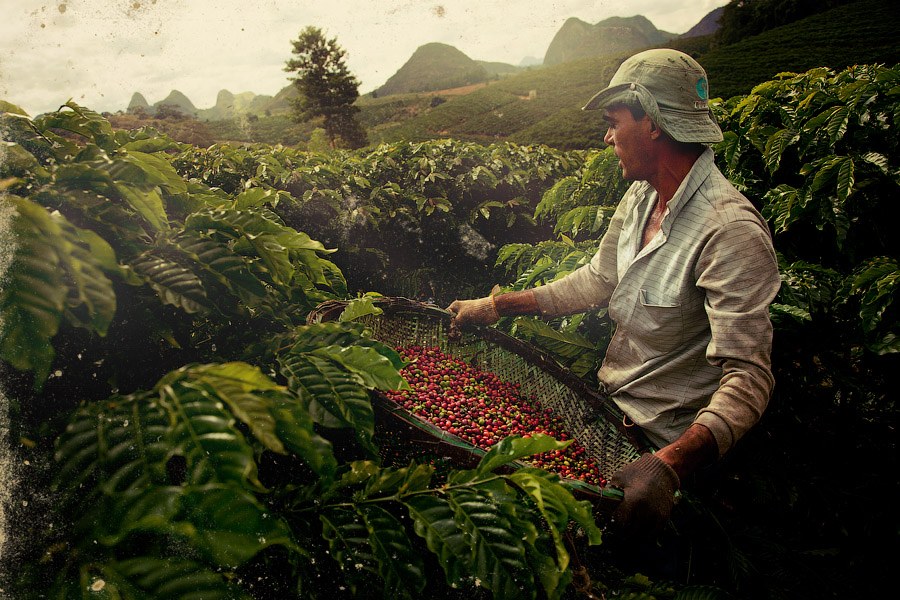
Sugar would normally be added by the barista (or whoever is making the coffee) as they stir the coffee into the hot water. In recent years however, there has been a bit of a change in the culture and unsweetened coffee has become more available, allowing drinkers to add their own preferred amount of sugar or sweeteners.
Ordering Coffee
Much like the Italians, Brazilians don’t do coffee variations such as iced lattes or gingerbread mocha frappuccinos (or whatever the latest Starbucks coffee cocktail is). Coffee in Brazil is kept simple and uncomplicated.
.jpg)
Cafezinho vs Espresso: Don’t confuse cafezinho with espresso, yes they’re both small coffee, but they’re made differently. If you want an espresso, ask for one.
Milky coffee: If you prefer to have milk in your coffee, order ‘média’ or ‘café com leite’. They’re the same thing, but some places will refer to it as one, and others will call it the other.
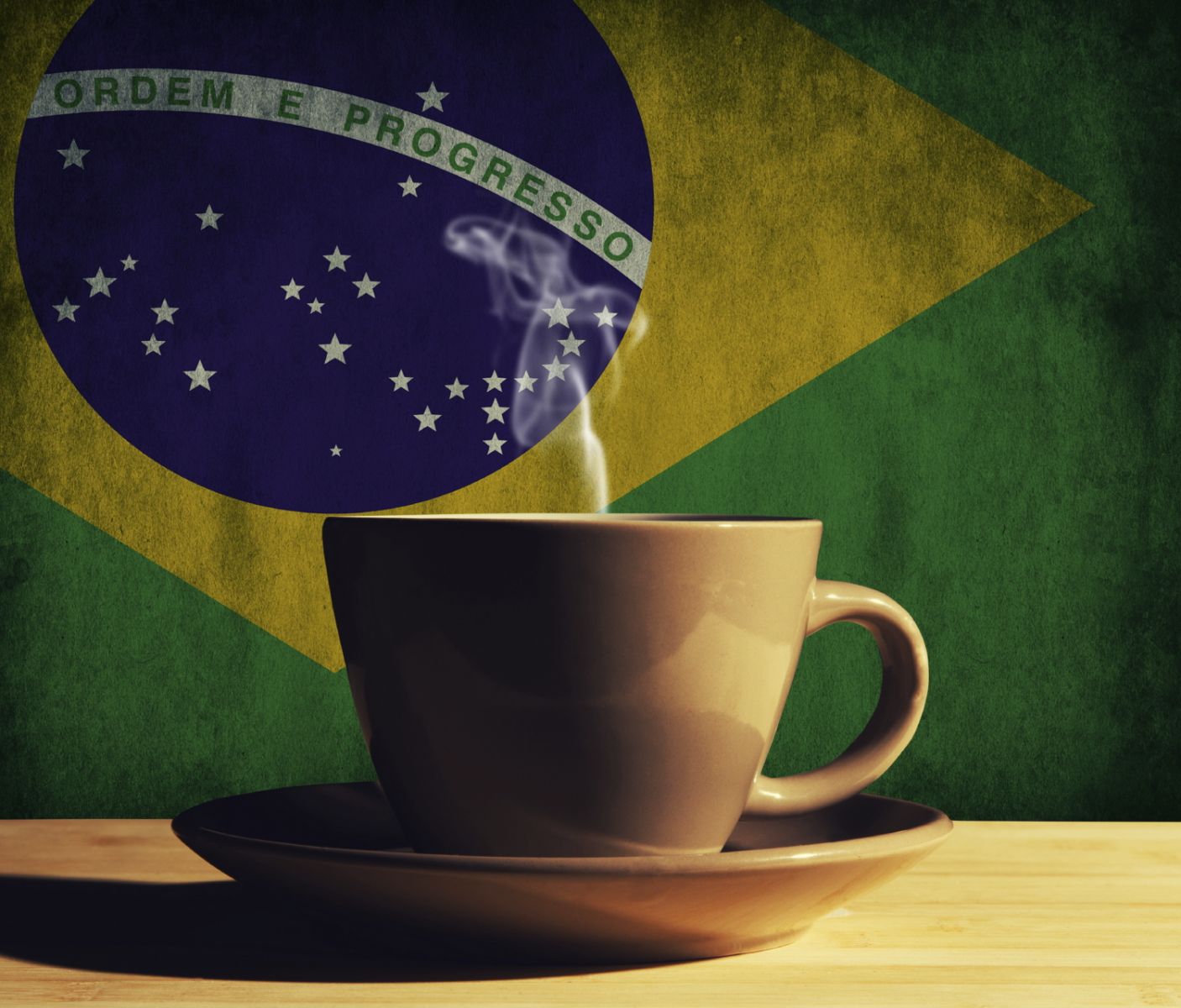
Cappuccino: Most cafes and restaurants will serve cappuccino as we’d expect a cappuccino. Some places though, especially in the larger cities, add chocolate to their cappuccino, so you might get a little sweet surprise.
